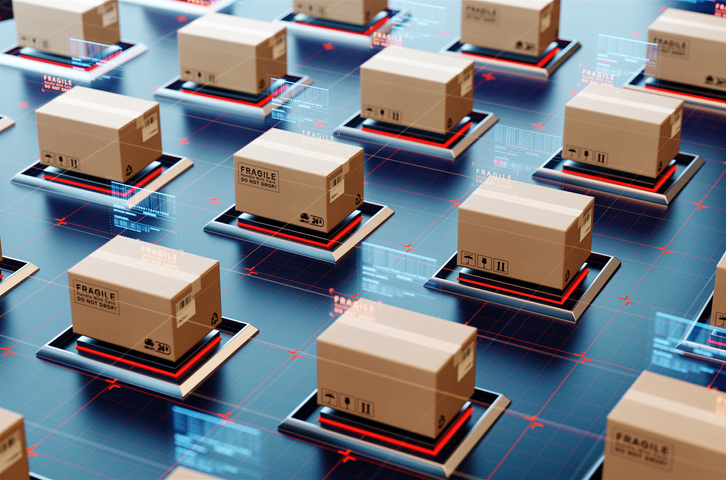When people start looking at outsourcing fulfilment, the very first question is almost always: “But how much does it cost?” It’s a fair question — and an important one. Because if you’re going to trust a third party with your orders, you need to know the numbers stack up.
The short answer? It depends.
Outsourced fulfilment isn’t sold like a flat-rate Netflix subscription. Instead, it’s built around a handful of core cost drivers:
- Storage
How much space your products take up in the warehouse. If you’re selling oversized fitness equipment, you’ll pay more than someone shipping phone cases. Most fulfilment centres charge per pallet or per cubic foot. The good news is you’re not locked into fixed space. You pay for what you actually use — which means your costs scale up and down with your stock levels. - Pick & Pack
This is the labour involved in physically finding your item, picking it off the shelf, packing it securely, and labelling it for shipping. Usually it’s charged per order, sometimes with a small add-on for extra items in the same parcel. This is where the efficiency of your provider really matters — if they’re fast and accurate, they save you money. - Shipping
The big one. Carriers charge based on parcel size, weight, and destination. A decent fulfilment partner has bulk contracts with multiple carriers, meaning they can often ship cheaper than you could on your own. That discount gets passed (at least partly) onto you. - Extras
Things like branded packaging, kitting (assembling gift sets or subscription boxes), handling returns, or processing fragile goods. They’re optional, but for many brands they’re the secret sauce that makes outsourcing worthwhile.
So, what does this all add up to? Most businesses see fulfilment costs work out somewhere between 10–20% of their order value. But the real story is less about raw cost and more about value.
The True Cost of DIY
Let’s be honest. Running fulfilment yourself isn’t “free.” You arre paying rent on space (even if that’s your garage, it’s space you could be using for something else). You’re paying wages for packing team members (or burning yourself out doing it alone). You’re paying with your time — which is probably the most expensive resource of all.
The Real Question to Ask
Instead of “How much does it cost?” a smarter question is: “What does it save?”
• It saves you time. Time you can spend on sales, marketing, and product.
• It saves you mistakes. Professional fulfilment means higher accuracy, fewer angry customers.
• It saves you money on shipping, because 3PLs have carrier contracts you can’t match.
• It saves you the stress of scaling. Whether you’ve got 10 orders today or 1,000 orders tomorrow, the right partner flexes with you.
Final Thought
The cheapest solution isn’t always the best. What you want is predictable spend, no hidden surprises, and a partner who gives you both efficiency and headspace.
So next time you ask, “How much does outsourced fulfilment cost?” remember: the cost is only half the story. The real value is what it gives back to your business.






